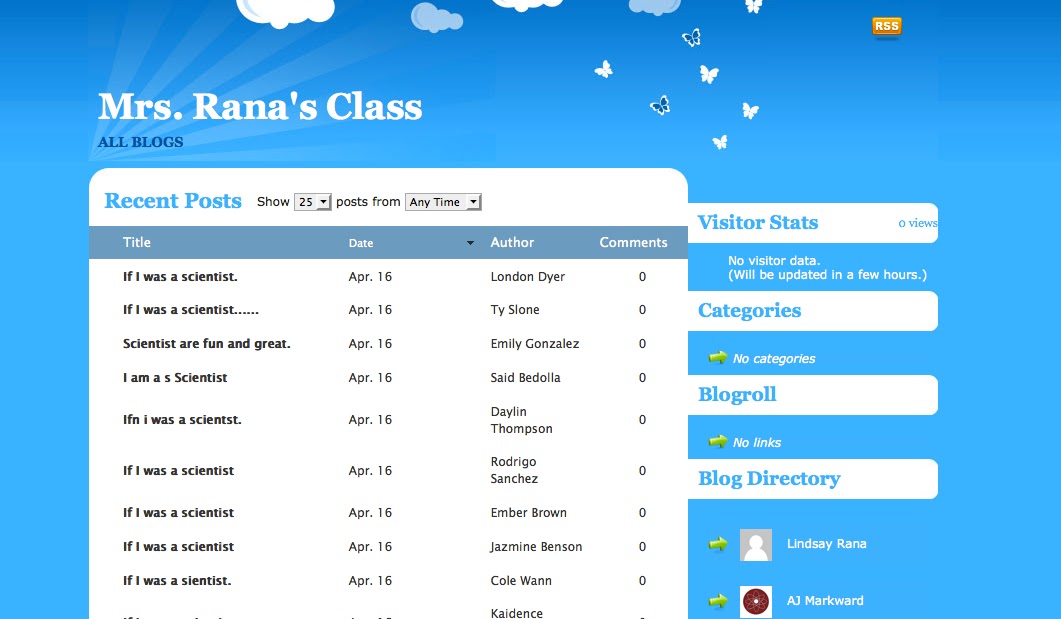The first app will definitely be implemented as a math center with the single ipad in my room. This app is called Fetch Lunch Rush by PBS kids. In Fetch Lunch Rush, students are given a math fact and scan answers to feed augmented reality food to their creature. Click to watch this youtube video by Children's Technology Review to see how this app works.
**This is not my classroom or my students.
 The second app that I think is totally cool and can't wait to use in my classroom is a coloring app that utilizes augmented reality to make coloring way more entertaining. It is called colAR Mix and is developed by Puteko Limited. With this app, you can print coloring pages from their website. Students can color the pages with their own color choices. Using the ipad app, you can bring those coloring pages to life in amazing ways. Check out this youtube video that demonstrates this app.
The second app that I think is totally cool and can't wait to use in my classroom is a coloring app that utilizes augmented reality to make coloring way more entertaining. It is called colAR Mix and is developed by Puteko Limited. With this app, you can print coloring pages from their website. Students can color the pages with their own color choices. Using the ipad app, you can bring those coloring pages to life in amazing ways. Check out this youtube video that demonstrates this app.Special thanks to Tammy Parks for sharing these great apps!














